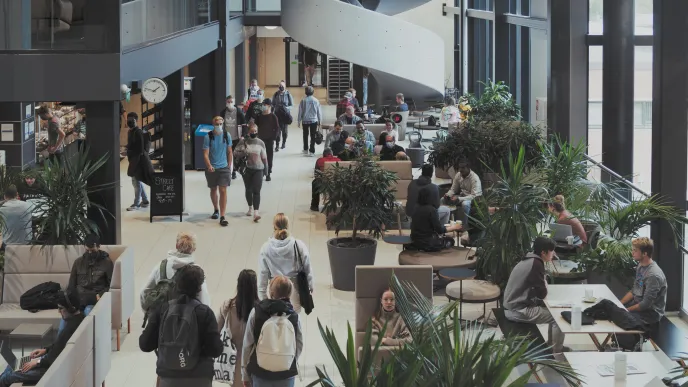Employing low-cost renewable electricity for the desalination of seawater would provide a sustainable water supply, needed for planting trees on arid land and turning them into future carbon sinks. That was found by Post-doctoral Researcher Upeksha Caldera and Professor Christian Breyer from LUT University whose recent study was published in Nature Sustainability on 6 February 2023.
The authors have investigated arid areas in the global sunbelt, which do not get enough rainfall for tree growth and are currently not used for any human activities. The afforestation of such areas, if feasible, would be a new way to mitigate climate change and limit the global temperature rise.
Currently, almost all carbon dioxide removal from the air by afforestation and restoration depends on rainfall.
“Our study shows that the limits of land and water resources that hinder afforestation on arid land can be overcome. Productive land and freshwater resources are thus preserved, while unused, arid land and abundant solar and seawater resources can be utilised to mitigate climate change,” says Breyer.
How does it work?
- The solution is based on employing low-cost renewable electricity to power a desalination process called seawater reverse osmosis.
- In addition, a water transportation infrastructure and a high-efficiency drip irrigation system are required.
What does it cost and what can be achieved?
- By mid-century, the average cost of the proposed afforestation systems is estimated to be about 200 €/tCO2 and lower in more conducive parts of the world, providing comparable costs with other established carbon dioxide removal technologies.
- The authors estimate a global potential, in suitable arid land, to remove up to 730 gigatonnes of carbon dioxide by the end of this century, based on the study assumptions.
Substantial advantages for society
According to Caldera, afforestation activities require long-term planning as it takes about twenty years from the initial investments before the growing trees significantly sequester carbon dioxide.
“However, our calculations show that with the right renewable energy system and infrastructure, the plantations on arid land can play a key role as a major carbon dioxide removal option in the future while providing substantial added advantages for several regions in the world.”
Currently, unsustainable land use and climate change have increased the degradation of arable land in the global sunbelt. The restoration of these land areas would benefit the dependent communities. Forests on arid land would also help fight desertification, reduce sandstorms, have a cooling effect, improve soil quality and increase precipitation.
More information






